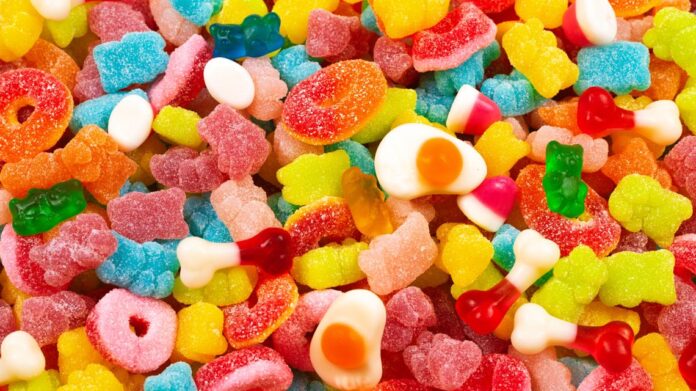The FDA plans to phase out artificial food dyes, including Red Dye No. 3
WASHINGTON, D.C., USA — Skittles announced to the BBC last week that it will no longer use titanium dioxide, a color additive, in its candy products.
The decision follows a broader push by U.S. health officials to eliminate petroleum-based food dyes from the American food supply. In April, Health Secretary Robert F. Kennedy Jr. announced that the U.S. Department of Health and Human Services, along with the Food and Drug Administration, plans to phase out all artificial food dyes made from petroleum, including the popular Red Dye No. 3.
Red Dye No. 3, a synthetic food coloring, has long been used in many items such as candy, cookies, breakfast cereals and even some medications.
Let’s verify how this may affect future grocery trips.
OUR SOURCES:
THE QUESTION:
Will the ban affect the taste of our food?
THE ANSWER:
The FDA confirms that such dyes have no nutritional value and are used primarily for commercial appeal. “These dyes and colorings have really no nutritional value,” said Dr. Kohli. “They’re entirely for commercial or marketing purposes to make the food look more appealing, and many of them are actually derived from petrol.”
THE QUESTION:
Does this chemical affect our health?
THE ANSWER:
“The potential switch from some of these petroleum-based food additives to more plant-based food dyes may in fact offer less of a risk,” said Dr. Robinson. “The research, in all fairness, has been mixed.”
Kohli added that while high-dose animal studies have shown harmful effects, there is a lack of evidence in humans. “Because we can’t prove that in humans, that’s been one of the reasons that the FDA has allowed this to happen for so many years,” Kohli said.
THE QUESTION:
Will food on shelves look different?
THE ANSWER:
As food manufacturers begin updating their products, consumers may notice visual changes more than anything else.
“Those Froot Loops are not as vibrant in their colors,” Kohli said. “The Twizzlers and such that have a lot of dyes obviously may look a little bit different because again those food dyes are put in to make the product look more appealing.”
Several countries have already banned synthetic dyes like Red Dye No. 3. In the U.S., food companies have until 2027 to comply with new FDA guidelines and remove such dyes from their products.
Contact Meghan Bragg at mbragg@wcnc.com and follow her on Facebook, X and Instagram.
